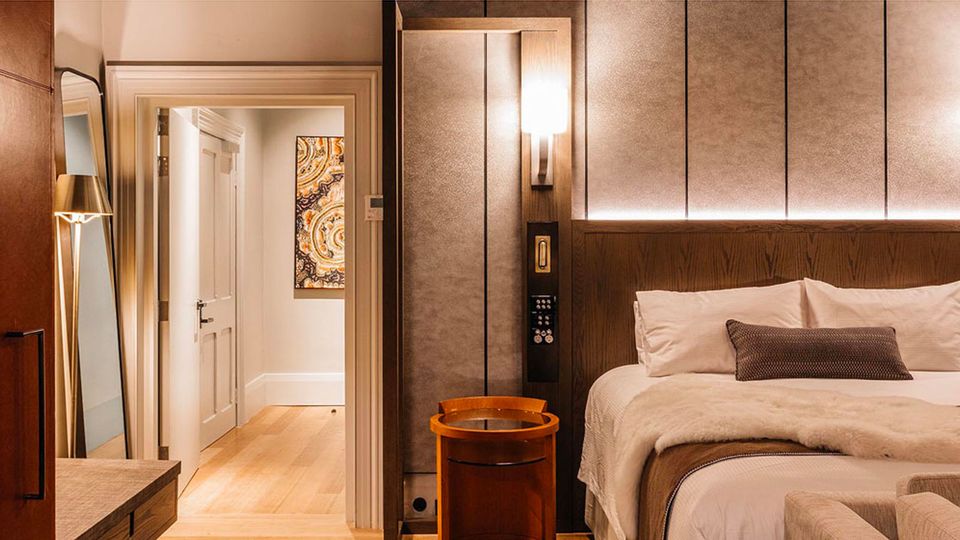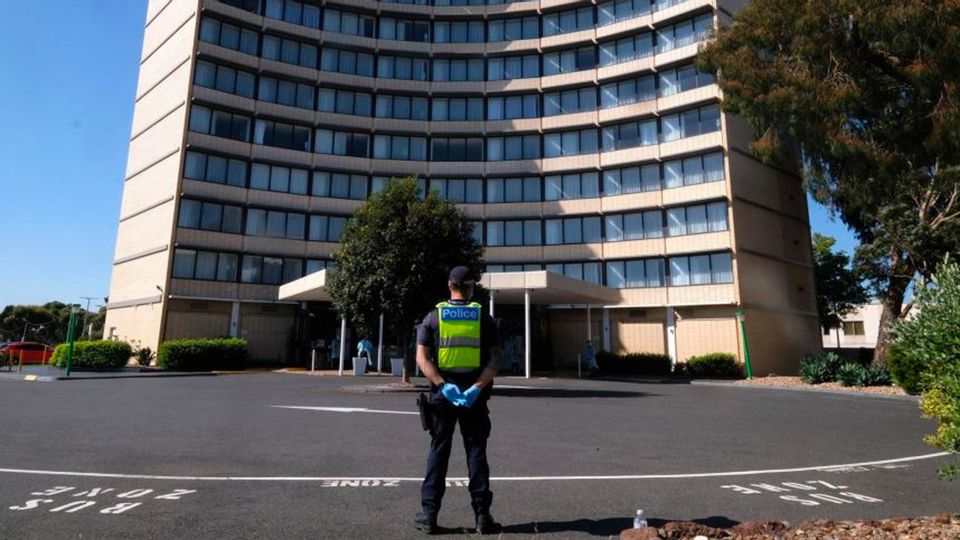Investors Eye Opportunities in Hotel Sector
View article on-line at theurbandeveloper.com
Nina Hendy – October 5, 2021
The hotel sector was dealt the first body blow of the pandemic, with market analysts suggesting that it will be the last to recover.
But that hasn’t stopped developers and investors circling, with new stock hitting the market and prime hotel assets changing hands during lockdowns.
Before Covid, the hotel sector was thriving. Growth in the nation’s tourism sector was outpacing growth in the wider economy—2019 saw a record high of 9.5 million overseas visitors arrive in Australia, spending $45 billion.
Of course, investment volumes declined during the course of 2020 as buyers and sellers adopted a cautious approach against a backdrop of intense uncertainty.
But transaction volumes have rebounded this year as vaccine rollouts gather momentum. New hotel developments are coming online as developers and investors throw big dollars behind the asset class in the firm belief that the sector’s recovery is just around the corner.
Offshore capital has also poured into the sector despite average occupancy rates tumbling to 40 per cent across the country.
And while some hotels in each state were used as quarantine hotels, it’s been a mixed blessing given that occupancy rates also meant higher exposure risk to the virus.
Dramatic decline
Deloitte’s tourism and hotel market outlook reveals that inbound international and interstate travel fell by 81 per cent and 65 per cent respectively.
The impact of the decline is dramatic—7.6 million fewer international arrivals and 45 million fewer domestic overnight trips, resulting in a loss of around $85 billion in visitor spend.
Despite the devastating operating climate in 2020, more than 5000 new hotel rooms were added to the market.
Looking ahead, there is the potential that more than 32,000 new rooms will be added to the national room stock, with around 40 per cent of these anticipated to open in 2022.
Staycations during non-lockdown periods have also propped up an industry crippled by international border closures, which has seen Accor’s Pacific venues perform well within its global portfolio.
CBRE managing director of the hotels investment team Michael Simpson says the asset class averages around $1.8-billion in hotel transactions a year. But right now, there’s more money chasing hotels and many owners are less willing to sell.
Like all analysts, he’s been watching how the government handles the roadmap to freedom, with sector recovery relying wholly on when local and international borders open.
While initial thinking was that there would be bargains to be had, this hasn’t eventuated. Assets are fetching around 10 per cent above pre-pandemic levels, but larger transactions happened in 2014, 2015 and 2016, he says.
Large international multi-site owners have also been considering trimming their exposure to the Australian market. “We’re also hearing about more non-traditional hotel investors looking at the moment,” he says.
Stock changing hands
A raft of new stock is hitting the market, and assets are changing hands.
Pelligra Group purchased one of Melbourne’s largest suburban accommodation assets, the former Ramada Encore Hotel in Dandenong for $10.5 million.
Luxury Collection Hotels, part of Marriott International, will open The Tasman in Hobart in December as tourist operators in that city pray for a bumper summer trading period.

Albeit three years behind schedule, Sofitel Adelaide is launching its five-star offering. Quincy Hotel recently opened in Melbourne’s CBD, while Marriott’s hipster hotel brand Moxy will open at Sydney Airport in early 2023.
Meanwhile, Melbourne fund manager Salter Brothers has joined forces with two of the world’s biggest real estate investors to buy the Travelodge hotel portfolio from Mirvac and NRMA for a whopping $620 million.
Other recent transactions include Primus Hotel Sydney for $132 million, Greenmount Beach House for $42.4 million and Novotel Brisbane, which sold to international hotel operator Amora for $67.9 million.
Playing the long game
Investors and developers have been buoyed by the strong economic recovery, ongoing vaccine rollouts and the belief that a broad pent-up desire to travel will spur a raft of bookings, according to JLL.
But they’re playing the long game, taking confidence in the historical performance of markets, which was enjoying average occupancy rates above 85 per cent prior to Covid-19.
CBRE’s Scott Callow says each state is in a different part of the recovery cycle, depending on lockdowns endured so far. Melbourne has been particularly hard hit, the Victorian director of CBRE’s hotels investment and brokerage team says.
Callow confirmed that there are more hotels listed on the open market than usual, particularly in Sydney. Hobart has also experienced the greatest injection of new room supply in its history in the past two years, he says.
“Occupancy rates will come back due to pent-up demand once things return to normal, building to pre-Covid levels once we reach vaccination targets,” Callow says.

Non-bank lender MaxCap is cautiously optimistic about the opportunities in the hotel sector. According to its research, there are positive signs of recovery emerging, with several earmarked hotel developments expected to commence in the next 12 months.
The investment house says that construction periods are typically 18 to 24 months for a major hotel development.
Cautious optimism
Despite some challenges in the operating markets, the investment metrics have been holding up surprisingly well, driven by long-term positive fundamentals for the sector, the weight and relatively low cost of capital chasing deals globally and a strong domestic base of demand in both the corporate and leisure segments, Gus Moors, head of hotels for Colliers, says.
“As a consequence of this, existing hotel owners feel confident to bring their asset to the market, despite the current short-term obstacles, knowing they will achieve fair value for their property.
“From a debt perspective, traditional domestic banks are continuing to lend into the hotel market, albeit at potentially lower LVRs, but there is also a range of non-bank lenders willing to step-in, as they recognise the sector is likely to bounce back quickly.”
From an equity perspective, most of the recent hotel transactions have been to domestic investors, but in many cases these domestic funds may be sourcing their capital from offshore, Moors adds.
Despite border closures, offshore capital is still investing, though primarily in an indirect fashion.
“We are marketing a number of assets at present that provide the potential for re-positioning or re-development of the hotel, and we’re seeing very strong interest from developers. They tend to look in terms of cycles, and therefore focus beyond the current cycle toward the future, brighter outlook,” Moors says.